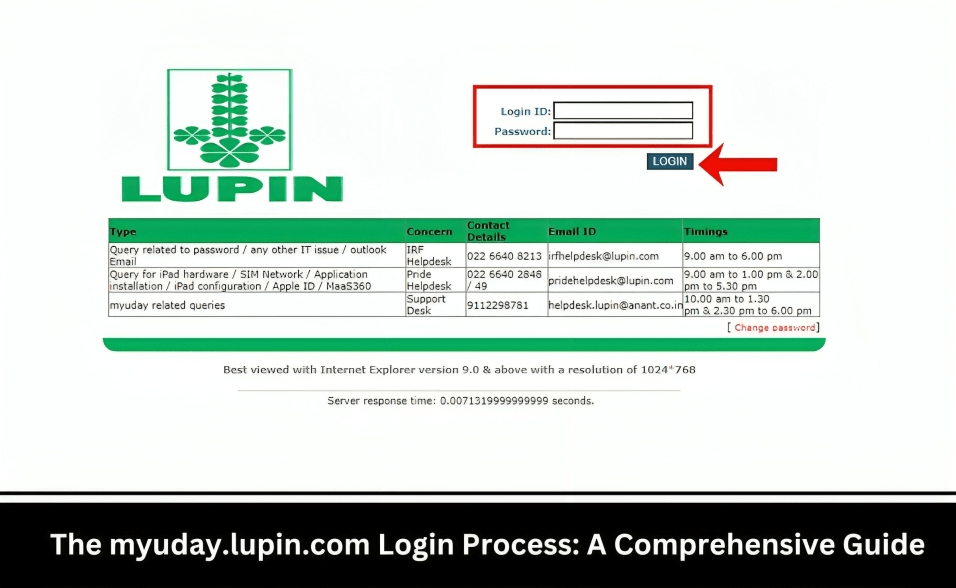LiFi, or Light Fidelity, is a particular kind of wireless communication technology that utilizes light to transfer data at considerable rates. As Li-Fi gradually emerges and develops, the necessity of having standards is valuable in making sure that there is a harmonized and compatible connection between different devices. This paper aims to review the advancement of Li-Fi standards and highlight on the important areas of discussion such as the upcoming 802.11bb standard.
The Importance of Standardization in Li-Fi Technology
Ensuring Compatibility and Interoperability
Standardization is critical in any technology to ensure that products from different manufacturers can work together seamlessly. For LiFi technology, developing standards is essential to create a unified framework that defines how devices communicate using light. Without standardized protocols, there would be significant challenges in achieving interoperability between different Li-Fi systems, leading to fragmented and inefficient implementations. Standardization helps in setting clear guidelines for device manufacturers, enabling consistent performance and fostering consumer confidence in the technology.
Integration is another aspect that is important in any technology especially as it relates to different brands in the industry. In the case of LiFi technology, standardization is crucial in ensuring that various devices have a shared understanding of how they interact through light. Thus, the absence of the standardized structures creates major problems on the issue of compatibility between various Li-Fi systems, which results in the creation of the split and ineffective solutions. Standardization makes it easier for the companies manufacturing the devices to have standardized guidelines to use and ensure that the technology being developed is consistent and consumers have trust on the technology.
The Role of the IEEE in Li-Fi Standardization
Introduction to IEEE and Its Standards
Organization like the Institute of Electrical and Electronics Engineers (IEEE) has the crucial role to play in the establishment of communication standards for technology such as Wi-Fi and the newly discovered Li-Fi. The IEEE 802.11 committee that worked on the 802.11 Wi-Fi standards has expanded its mandate to include Li-Fi with the latest standard – the 802.11bb. This initiative has been designed to foster the development of Li-Fi technology by relying on the guidance and frameworks provided by the IEEE to come up with more solid and recognized standards.
Overview of the 802.11bb Standard
Defining the Framework for Li-Fi Communication
The development of Li-Fi technology has reached a new level with the help of the 802.11bb standard. The goal of this standard is to establish the characteristics of physical layer and medium access control (MAC) layer for wireless communication employing visible light. In an attempt to incorporate Li-Fi with the currently used Wi-Fi, 802.11bb will incorporate itself into the existing standards of 802.11 used in Wi-Fi. This integration is critical for the deployment of Li-Fi since it means that Li-Fi can combine with Wi-Fi to increase the coverage area, while also ensuring secure communication within a faraday box.
Key Features of the 802.11bb Standard
Enhancing Performance and Security
The 802.11bb standard includes many features which are aimed at improving the capabilities and protection of Li-Fi technology. It defines modulation schemes, error control schemes, and channel access strategies tailored for VLC. These features are designed to provide high rates of data transmission and low latency, with efficient error handling that establishes Li-Fi as a potential substitute for wireless communication technologies. Further, the standard solves security issues that exist in Li-Fi technology by providing encryption and authentication mechanisms to secure Li-Fi networks.
Challenges in Developing Li-Fi Standards
Overcoming Technical and Adoption Barriers
Even though many efforts have been made towards standardization of Li-Fi, there are still formidable hurdles that must be overcome. The first important technical issue is to maintain dependable connection to the light sources, and in conditions when they may be occluded or when the lighting conditions change. Solving these problems calls for state-of-the-art notions in modulation, error correction, and adaptive signal processing. In addition, the process of Li-Fi standardization depends also on the existing barriers of the market and regulations. The stakeholders should spread awareness about Li-Fi, establish contact with potential partners in the industry, and ensure that the standards for usage effectively accommodate the numerous possible users.
Conclusion
It is therefore important to assert that the unfolding of Li-Fi standards, especially the 802.11bb standard, is a significant push for Li-Fi technology. These standards therefore define the specifications, compatibility, and performance of Li-Fi communication to allow seamless integration of Li-Fi into communication networks. The fact that the IEEE has played a part in formulating standards towards the Li-Fi technology shows the potential that is associated with this type of technology and the need to put in place proper frameworks for its deployment. As the standards emerge and tackle existing issues, Li-Fi technology is on track to find its place in the world of wireless communication, as it is safe and efficient, transmitting data at very high speed through visible light.


